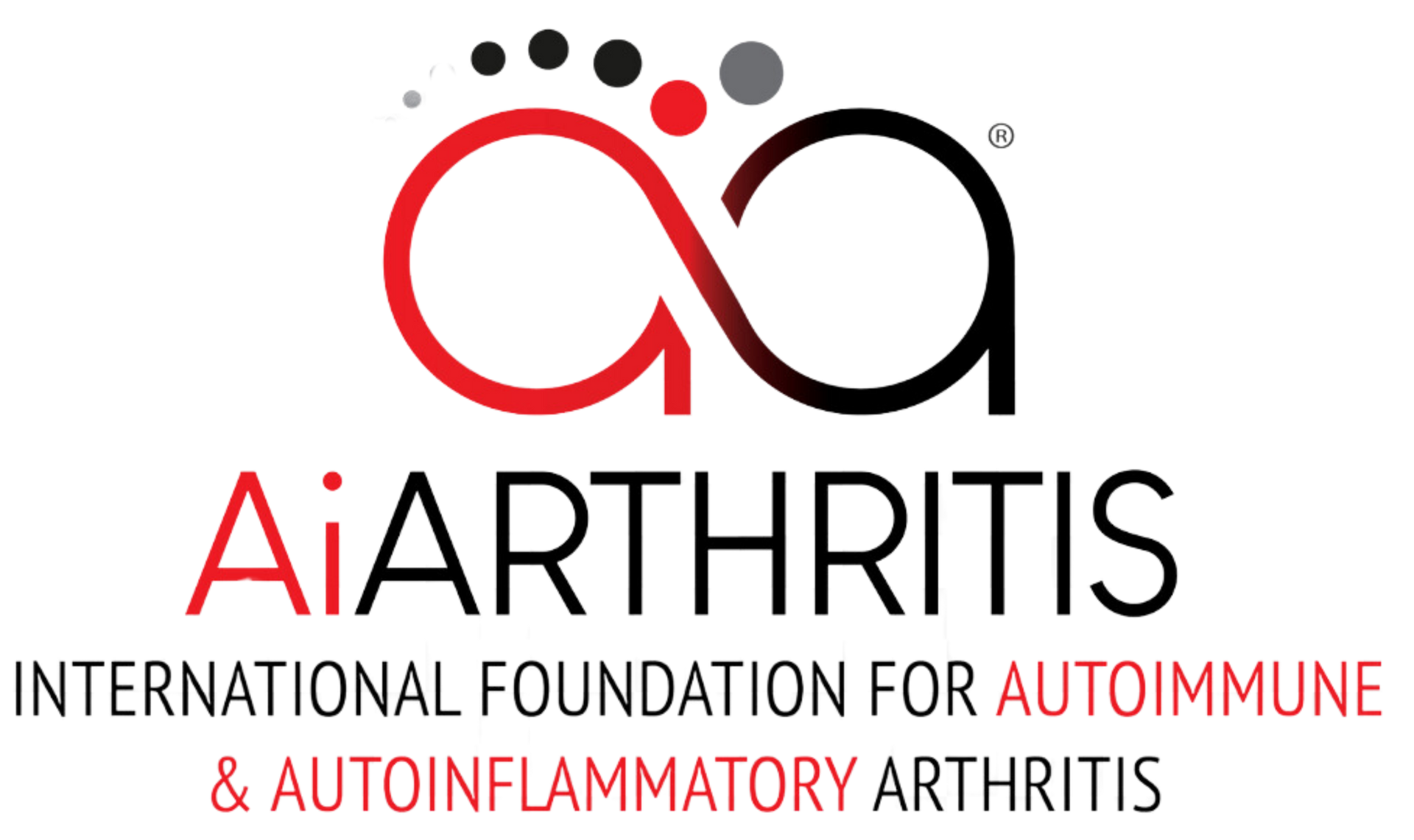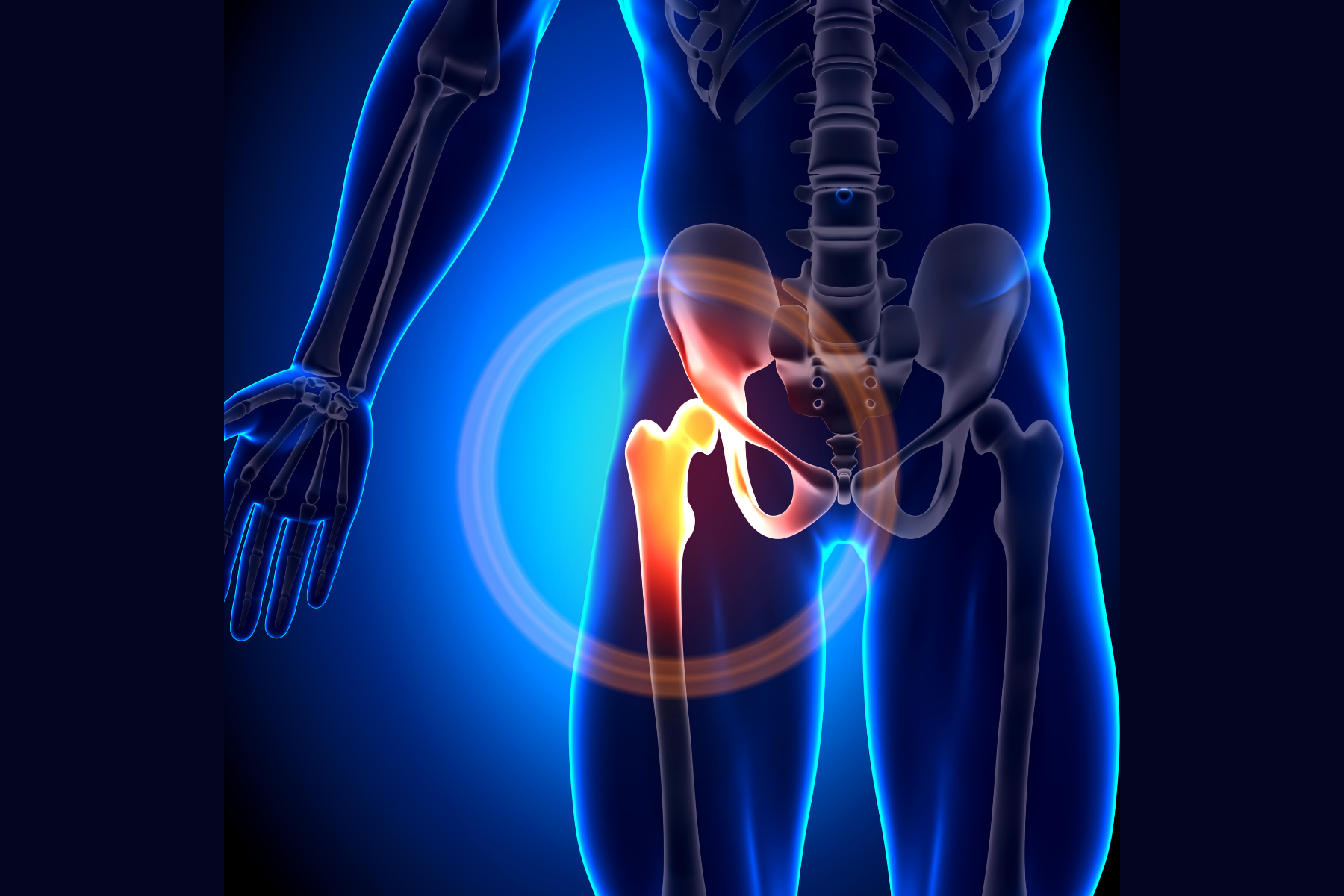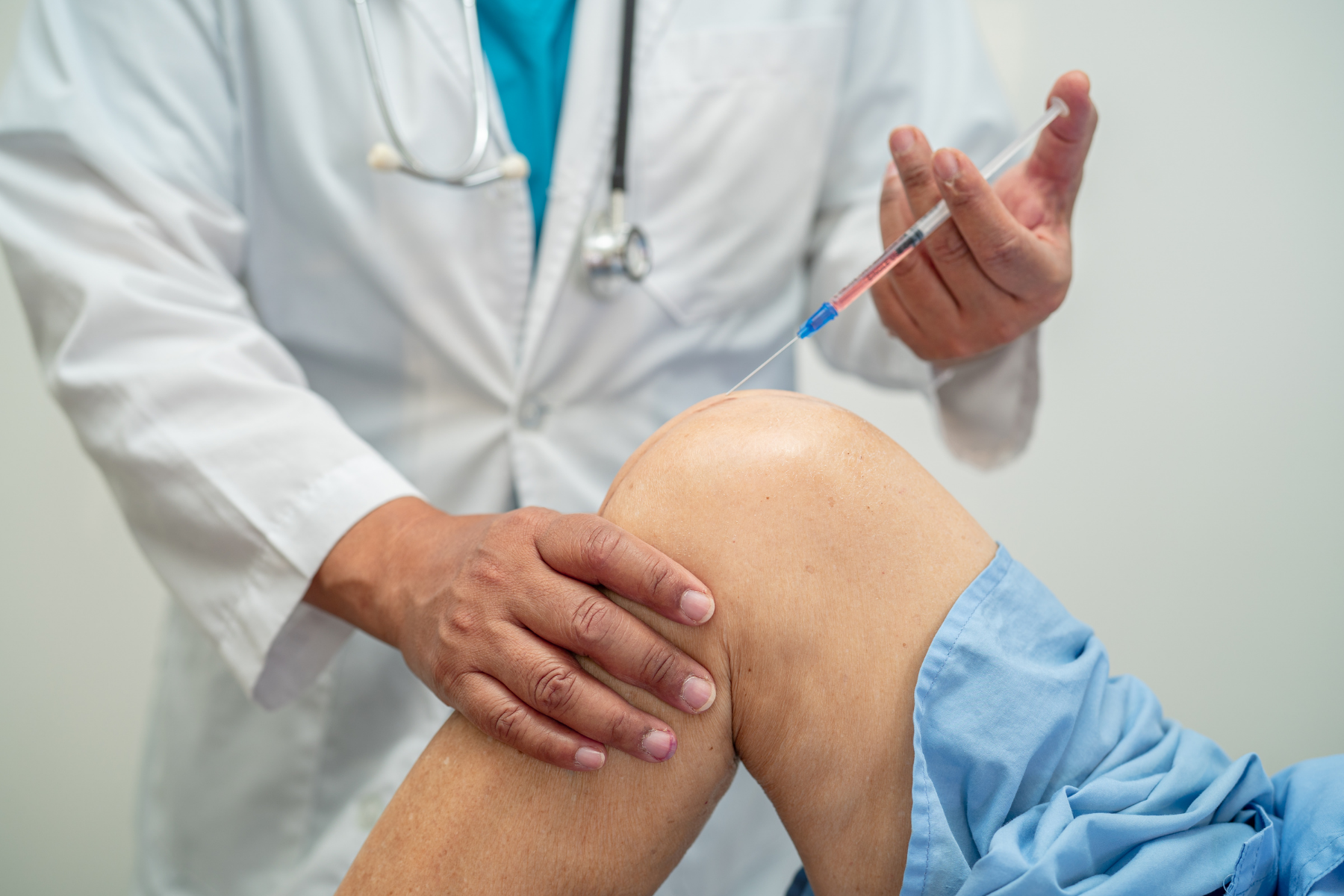Chronic Nonbacterial Osteomyelitis/Chronic Recurrent Multifocal Osteomyelitis (CNO/CRMO)
How to pronounce it:
Osteomyelitis -
os-tee-oh-mEYE-uh-lai-tis
AiArthritis defines CNO/CRMO as:
CNO/CRMO is a rare autoinflammatory disease where the bones become inflamed without infection. It causes long-term bone pain and swelling, often affecting the long bones, pelvis, shoulder, and spine. The disease mostly occurs in children.
Symptoms & Characteristics
Common in All AiArthritis Diseases
Flares: Periods of worsening symptoms are called flares. A flare can last for hours, days, weeks, or months.
Physical Activity: Condition improves with activity and exercise and worsens with rest.
Comorbidities: When inflammation is left uncontrolled due to lack of proper treatment, comorbidities can develop. 70% of patients with chronic, lifelong disease will develop comorbidities, including dual or triple diagnoses.
Family History:
Autoimmune diseases often run in families, indicating a potential genetic predisposition where that gene can cause disease. Autoinflammatory diseases can occur multiple times in a family, but is based off of genetic mutation. It is not a gene that causes the disease— but a mutation on the gene that can cause the disease which can then be passed on to the next generation.
"Auto" Symptoms
Fatigue: Severe fatigue or exhaustion that may not be helped by caffeine/stimulants and can happen even after a long period of rest.
Cognitive Dysfunction: Brain fog or periods of time where thinking gets clouded and it becomes difficult to concentrate.
Flu-like symptoms: Without having the flu- nausea, muscle weakness, and general malaise.
Fever: Typically low grade in autoimmune (with exception of juvenile idiopathic arthritis) and higher grade in autoinflammatory (% strongly varies per disease).
Reference: Early Symptoms of AiArthritis Study, AiArthritis, 2019.
Inflammatory Arthritis Symptoms
Stiffness: Severe stiffness in one or more joints, especially in the morning or after sitting for long periods of time.
Joint Pain: Episodes of joint pain that may last for hours, days, or even weeks, that can appear and disappear suddenly. Often described as “jumping pain” into different locations.
Typically the joint pain will coincide with one or more “Auto” symptoms and start and stop suddenly - for no apparent reason (which is called a "flare"). Some people will experience all of the above symptoms, others only a few.
If you have any of the arthritis features, and at least one of the “Auto” features, please consult your physician about a referral to a specialist.
Symptoms Often Associated with CNO/CRMO
- Fluid buildup around painful areas
- Swollen, warm skin over painful bones
- Thicker joint linings
- Damage to cartilage
- Sometimes linked with skin conditions like psoriasis or Crohn’s disease
Diagnosing Chronic Nonbacterial Osteomyelitis/Chronic Recurrent Multifocal Osteomyelitis (CNO/CRMO)
There’s no single test that can confirm a Chronic Nonbacterial Osteomyelitis (CNO) or Chronic Recurrent Multifocal Osteomyelitis (CRMO) diagnosis, so rheumatologists use a combination of physical exams, blood tests (such as ESR and CRP), and imaging like X-rays, MRIs, CT scans, or nuclear bone scans. A bone biopsy may also be performed to rule out infections or other causes. Family history of autoimmune or autoinflammatory disease is also considered.
Diagnosis of CNO/CRMO requires the exclusion of other diseases, as its symptoms often overlap with other conditions like infections, bone cancers, or other autoinflammatory disorders.
While there are no specific ACR or EULAR guidelines for CNO/CRMO, these organizations highlight the importance of thorough investigation and ruling out similar conditions to ensure accurate diagnosis and proper management.
To diagnose Schnitzler syndrome, patients must meet both of the major criteria:
Recurrent urticarial (hive-like) rash
Monoclonal IgM gammopathy (abnormal protein in the blood)
Additionally, they must have at least two of the following minor criteria:
- Recurrent fever
- Objective signs of abnormal bone remodeling
- Elevated CRP levels or leukocytosis (high white blood cell count)
- Neutrophilic infiltrate on skin biopsy
- Joint pain and inflammation
- Enlarged lymph nodes
- Enlarged organs (e.g., spleen or liver)
- Elevated red blood cell count or sedimentation rate (ESR)
Alternatively, a diagnosis can also be made if someone has monoclonal IgM gammopathy and three of the minor criteria.
While there are no specific ACR or EULAR guidelines for Schnitzler syndrome, these organizations emphasize the importance of systematic evaluation and differentiating between similar autoinflammatory disorders, ensuring accurate diagnosis and proper management.
For a more definitive diagnosis, additional tests may include skin biopsies, lumbar punctures, and hearing or eye exams, especially when neurological or sensory symptoms are present. Genetic testing is often critical in diagnosing CAPS, as it can identify mutations in the NLRP3 gene commonly associated with the condition.
While there are no specific ACR or EULAR guidelines for CAPS, both organizations emphasize the importance of genetic testing and comprehensive clinical evaluation to differentiate CAPS from other autoinflammatory syndromes, ensuring an accurate diagnosis and proper treatment approach.
Chronic Nonbacterial Osteomyelitis/Chronic Recurrent Multifocal Osteomyelitis (CNO/CRMO) Treatment Options
Treatment OptionsTreatments are tailored to each individual's disease, but visit our Treatment Options page to learn more about the different types of treatments that are used for CNO/CRMO.
What Fellow Chronic Nonbacterial Osteomyelitis/Chronic Recurrent Multifocal Osteomyelitis (CNO/CRMO) Patients Want You to Know
Submit YOUR AdviceWe need YOUR advice! Fill out this form to give peer advice to those with your disease.
Interesting Facts about Chronic Nonbacterial Osteomyelitis/Chronic Recurrent Multifocal Osteomyelitis (CNO/CRMO)
Chronic Nonbacterial Osteomyelitis (CNO) and Chronic Recurrent Multifocal Osteomyelitis (CRMO) were first described in the 1970s when doctors observed recurring bone inflammation in children without bacterial infection, which is typical for osteomyelitis. The term “osteomyelitis” refers to bone inflammation, but “nonbacterial” indicates that no infection is involved. CRMO highlights the recurrent and multifocal nature of the disease, where multiple areas of the bone are affected and symptoms flare and resolve over time. Over the years, CNO has become the broader term to describe the spectrum of nonbacterial bone inflammation, while CRMO refers specifically to its chronic, recurrent form.
Chronic Nonbacterial Osteomyelitis/Chronic Recurrent Multifocal Osteomyelitis (CNO/CRMO) Awareness Days/Months
- World Autoimmune and Autoinflammatory Arthritis Day - May 20th
- Rare Disease Day - February 29th (28th)
- Autoimmune Awareness Month - March
- Rheumatic Disease Awareness Month - September
- Pain Awareness Month - September
- Chronic Disease Awareness Day - July 10th
- Invisible Disabilities Week - 3rd full week of October
Other Chronic Nonbacterial Osteomyelitis/Chronic Recurrent Multifocal Osteomyelitis (CNO/CRMO) Resources
In an effort to ensure this page has the most accurate and up-to-date information, this page is currently awaiting medical review. Some information is subject to change.
Page Last Updated: 10/31/2024




